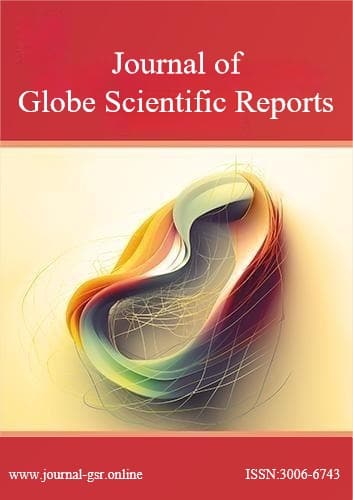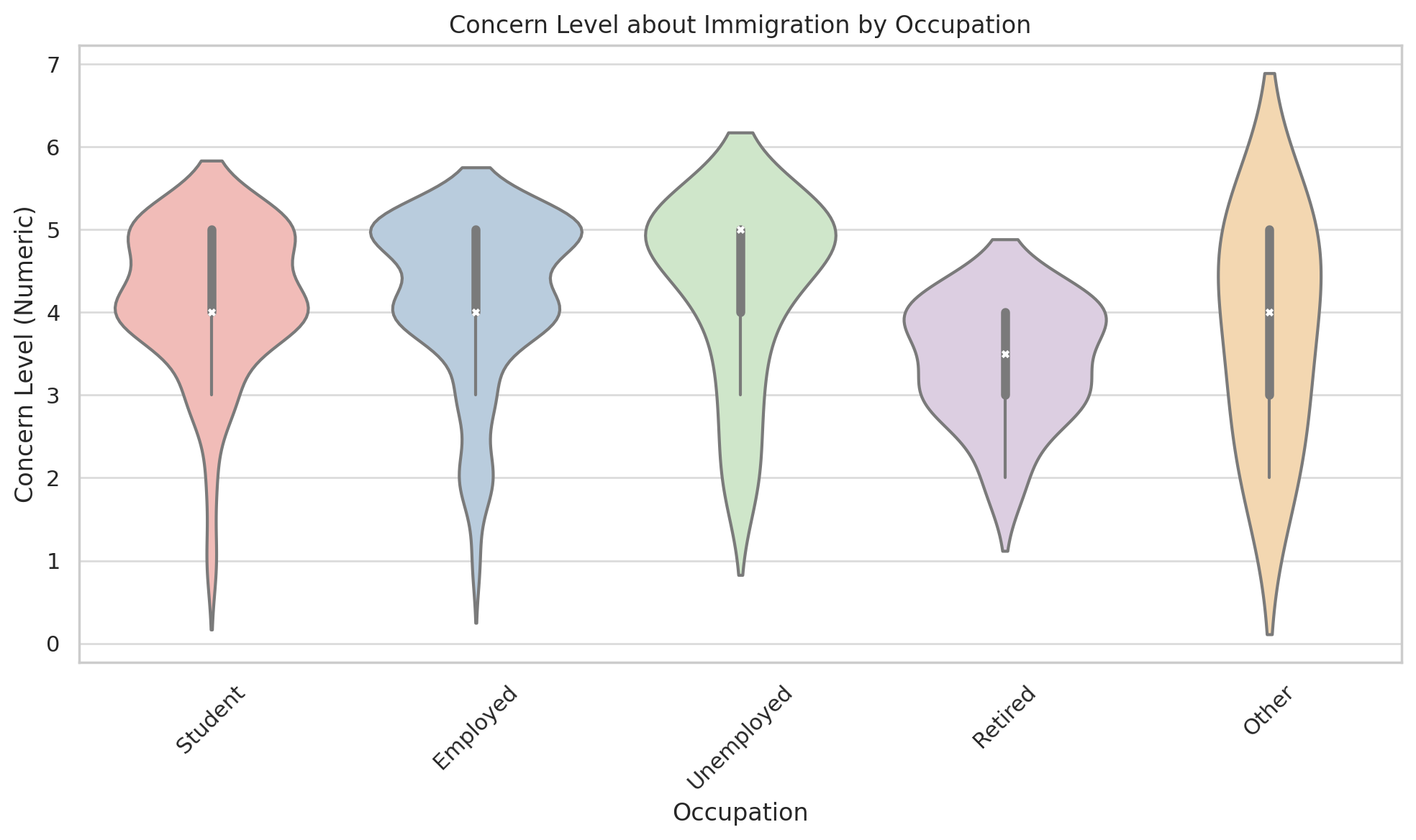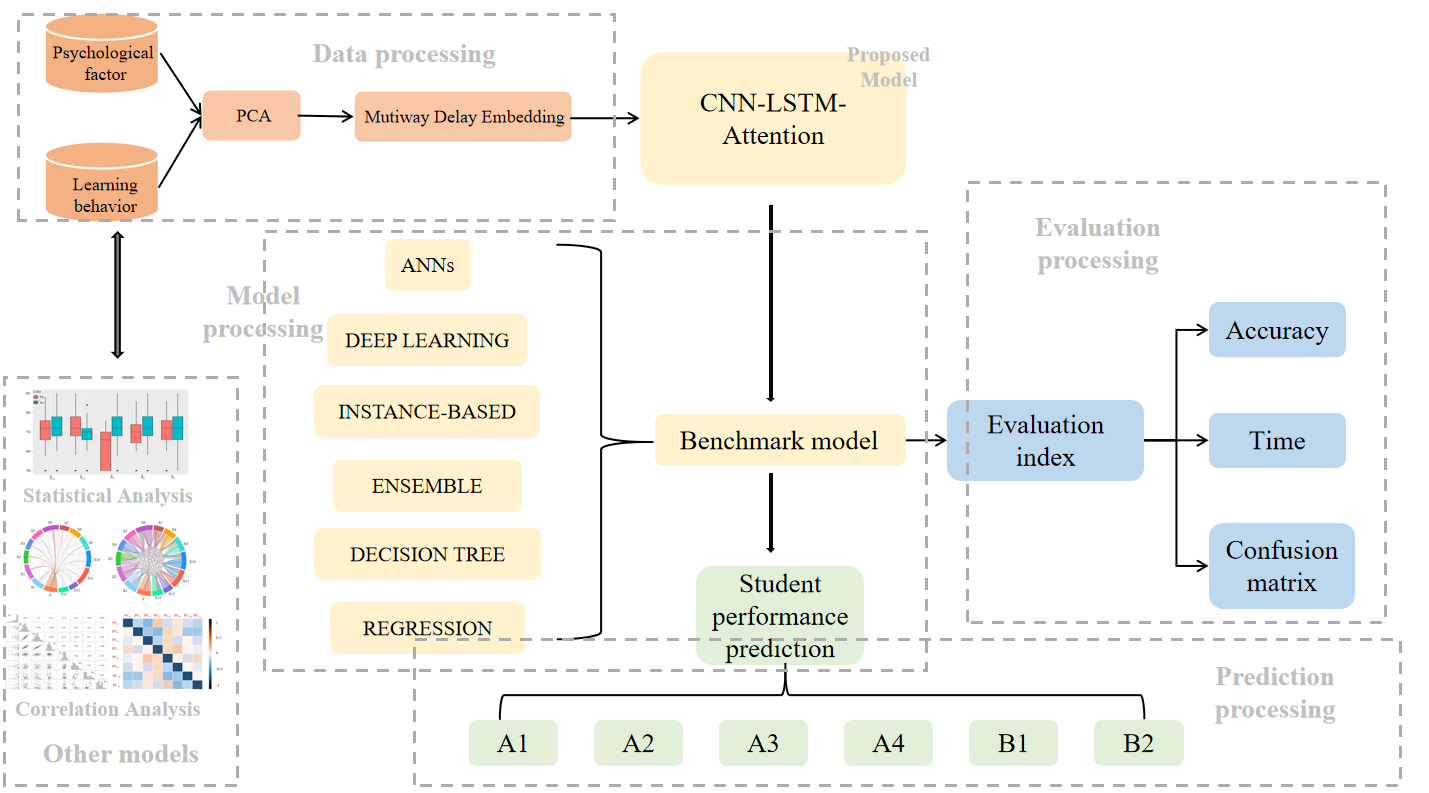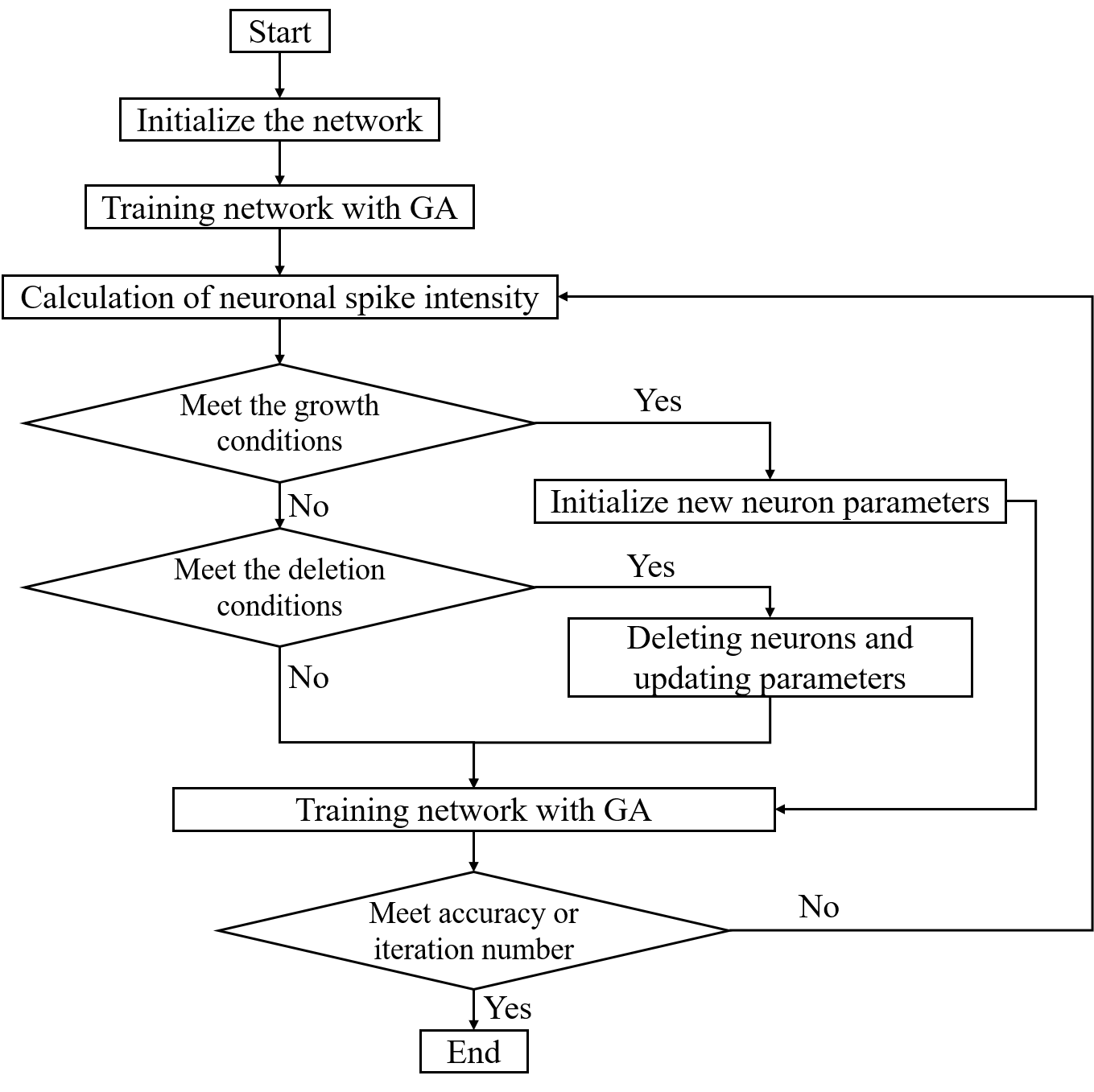 An open access journal
An open access journal
EMI international schools in Dongguan, China: Why choose an EMI international school?
Abstract
This dissertation explores the factors that influence students’ choices to attend English medium of instruction (EMI) international schools in Southern China. I investigate the benefits and drawbacks these students face when studying at an EMI school. The research employed a case study approach, collecting data through mixed methods, i.e. a quantitative questionnaire and a qualitative semi-structured interview from a range of students from one EMI international school in Dongguan city, China. The findings build on previous studies within the field. In the present study, the findings suggested that students’ motivation to study in EMI schools was influenced by their desire to study overseas, the small class sizes, the more active learning environment, greater pastoral care and the increased opportunities to develop their English language proficiency and skills that these schools offer.
Additionally, the findings identified a number of concerns and disadvantages highlighted in a few studies, including prohibitive tuition costs, unqualified teachers and in some cases, poor management within EMI schools. The findings also suggest that a number of students who had attended an EMI school would not recommend others to attend the same type of school due to the high tuition, inferior quality of teaching and poor management. The results question whether students who have graduated from an EMI school regard their school to have a superior status compared to local high schools. Based on the findings, recommendations are that EMI international schools should aim to enhance the quality of teaching and the organization of schools if they wish to attract more students in the future. The growth of EMI schools has been significant within the Guangdong region of China, however the quality assurance and longevity of these new institutions has yet to be proven. If EMI schools are to contribute greatly to the education and if they are going to be successful, then some of the issues raised in the present study need to be addressed.
Share and Cite
Article Metrics
References
- Ball, S., 2013. Global Education Inc: New Policy Networks and Neoliberal Imaginary, London: Routledge.
- Cohen, L., Manion, L. & Morrison, K., 2007. Research Methods in Education. 6th ed. London: Routlegde.
- Colin, P., 2007. Educational research, policy and practice in an era of globalization. Educational Research in Policy Practice. Vol. 6 (2). Pp. 87–100.
- Chun, S.; Kim, H.; Park.; McDonald, K.; Ha, O and Kim, D.L., 2017. SOUTH KOREAN STUDENTS’ RESPONSES TO ENGLISH-MEDIUM INSTRUCTION COURSES. Social behavior and personality. Vol. 45(6). Pp. 951-966.
- Dearden, J., 2014. English as a medium of instruction-a growing global phenomenon. British council. [online] Available at: www.teachingenglish.org.uk. [Accessed 23rd, June, 2018].
- Denscombe, M., 2007. The Good Research Guide for small-scale social research projects. 3rd ed. Maidenhead, Berkshire, England: Open University Press.
- Denscombe, M., 2007. The Good Research Guide for small-scale social research projects. 3rd ed. Maidenhead, Berkshire, England: Open University Press.
- Dörnyei, Z and Taguchi, T., 2010. Questionnaires in second language research: Construction, administration, and processing. Second edition. London: Routledge.
- Duff, P., 2007. Case Study Research in Applied Linguistics. S.I.: Routledge.
- Ellis, R., 2008. The Study of Second Language Acquisition, second edition. Oxford: Oxford University Press.
- Edge, K. and Khamsi, K., 2012. International school partnerships as a vehicle for global education: student perspectives. Asia Pacific Journal of Education. Vol. 32(4). Pp.455-472.
- Feng, A. and Adamson, B., 2015. “Contested Notions of Bilingualism and Trilingualism in the People’s Republic of China.” In Handbook of Bilingualism and Bilingual Education, edited by W. E. Wrights, S. Boun, and O. García, pp. 484–494. Chichester: Blackwell.
- Fishman, J.; Conrad, A.W. and Rubal-Lopez, A., 1996. Post-Imperial English: Status Change in Former British and American Colonies, 1940-1990. Berlin: Mouton de Gruyter.
- Graddol, D., 2013. Profiling English in China, The Pearl River Delta. Cambridge: Cambridge English Language Assessment. [online] Available at: http://www.cambridgeenglish.org/images/151564-profiling-english-in-china-dg.pdf. [Accessed 7th, July, 2018].
- Gray, D. E.,2014. Doing research in the real world. Third Edition. London: Sage.
- Hayden, M. and Thompson, J., 2008. International Schools: Growth and Influence. Paris: UNESCO.
- Higher Education Statistics Agency., 2016. The Higher Education Statistics Agency 2016 Report. International Baccalaureate Organization. [Online] Available at: https://www.ibo.org/uk/students-parents/the-higher-education-statistics-agency-2016-report-key-findings/ [Accessed 9th, July 2018].
- IBO (International Baccalaureate Organization)., 2018. Recognition of IB programmes. [Online] Available at: https://www.ibo.org/university-admission/recognition-of-the-ib-diploma-by-countries-and-universities/faqs/. [Accessed 8th, July. 2018].
- ISC Research., 2018. Independent Schools Consultancy. Online Database for Schools. [online] Available at: www.isc-r.com. [Accessed 6th, July, 2018].
- ISC Research., 2018. Independent Schools Consultancy. About the International Schools Market. [online] Available at: https://www.iscresearch.com/about-us/the-market. [Accessed 6th, July, 2018].
- Kirkpatrick, A., 2007. World Englishes. Implications for International Communication and English language Teaching. Cambridge: Cambridge University Press.
- Li, C. and Ruan, Z., 2015. Changes in beliefs about language learning among Chinese EAP learners in an EMI context in Mainland China: A socio-cultural perspective. System. Vol. 55(2015). Pp. 43-52.
- Li, N.; Leung, D. P. and Kember, D., 2001. Medium of instruction in Hong Kong universities: the mis-match between espoused theory and theory in use. Higher Education Policy. Vol.14(4). Pp. 293– 312.
- Likert, R., 1932. A Technique for the Measurement of Attitudes. Archives of Psychology. 22(140). PP. 1–55.
- Lueg, K. and Lueg, R., 2015. Why do students choose English as a medium of instruction? A Bourdieusian perspective on the study strategies of non-native English speakers. Academy of Management Learning & Education. Vol. 14(1). Pp. 5-30.
- Ma, L. P. F., 2012. Advantages and disadvantages of native‐and nonnative‐English‐speaking teachers: Student perceptions in Hong Kong. TESOL Quarterly. 46(2). PP. 280-305.
- MacDonald, J., 2006. The international school industry. Examing international schools through an economic lens. JOURNA L OF R ESEARCH IN INTERNATIONA L EDUCATION. Vol. 5(2). Pp. 191-213.
- Machin, D., 2017. The Great Asian International School Gold Rush: an economic analysis. Journal of Research in International Education. Vol. 16(2). Pp. 131-146.
- Mackey, A. & Gass, S.M., (2012). Research methods in second language acquisition a practical guide. Chichester, West Sussex; Malden, Mass.: Chichester, West Sussex; Malden, Mass.: Wiley-Blackwell.
- Pan, L. and Block, D., 2011. English as a “global language” in China: An investigation into learners’ and teachers’ language beliefs. System. Vol. 39(2011). Pp. 391-402.
- Paris, P.G., 2003. The International Baccalaureate: A Case Study on why Students Choose to do the IB. International Education Journal, 4(3), pp.232-43.
- Richards. K., Ross. S. & Seedhouse. P., 2012. Research Methods for Applied Language
- Studies: an advanced resource book for students. Abingdon: Routledge.
- Seliger, H.W. & Shohamy, E., 1990. Second Language Research Methods,.Oxford: Oxford University Press.
- Shadish, W., Cook, D. and Campbell, D., 2002. Experimental and Quasi-experimental Designs for Generalized Causal Inference. Boston: Houghton-Mifflin.
- Slater, M., 2018. Safer, Better Business in China. [Online] Available at: https://www.chinacheckup.com/blogs/articles/china-city-tiers. [Accessed 21st, July. 2018].
- Winter, J. C. F. and Dodou, D., 2012. Five-Point Likert Items: t test versus Mann-Whitney-Wilcoxon. Practical Assessment, Research & Evaluation. Vol. 15(11). ISSN. 1531-7714.
- Xiong, T. and Feng, A., 2018. Localizing immersion education: A case study of an international bilingual education program in south China. International Journal of Bilingual Education and Bilingualism. [online] Available at: https://doi.org/10.1080/13670050.2018.1435626. [Accessed 6th, July, 2018].
- Yamato, Y. and Bray, M., 2006. Economic development and the market place for education: Dynamics of the international school sector in Shanghai, China. Journal of Research in International Education. Vol. 5(1). Pp. 57-82.
- Yeh, C, C., 2014. Taiwanese Students’ Experiences and Attitudes towards English-Medium Courses in Tertiary Education. RELC Journal. Vol.45(3). Pp. 305-319.
- Yin, R.K., 2009. Case study research: Design and methods. Thousand Oaks, California: SAGE Publications.
- Zhang, H., 2003., English Bilingual Education in China. Asian Englishes. Vol.6 (1). Pp. 34-59.
- Zhang, T., 2017. Why do Chinese postgraduates struggle with critical thinking? Some clues from the higher education curriculum in China. Routledge. Vol. 41(6). Pp. 857-871.






